Khanh An Monastery (HCMC) is not only a place to worship Buddha and temple ceremonies, but also attract many people to visit and take photos by its impressive architecture, which is compared to a beautiful Japanese temple.
Khanh An Monastery (HCMC) is not only a place to worship Buddha and temple ceremonies, but also attract many people to visit and take photos by its impressive architecture, which is compared to a beautiful Japanese temple.
Khanh An Monastery (An Phu Dong ward, District 12, Ho Chi Minh City) is famous for its Asian architecture and lush green space. This is a place that attracts people to worship and attend pagodas. Many young people come to attend short retreats and listen to sermons.
Khanh An Monastery stands out with its eye-catching red tones and impressive architectural style, considered by many people to be "a miniature Japanese corner in the heart of Saigon" or "as beautiful as the temples of Phu Tang", attracting Tourists come to admire the scenery and take photos.
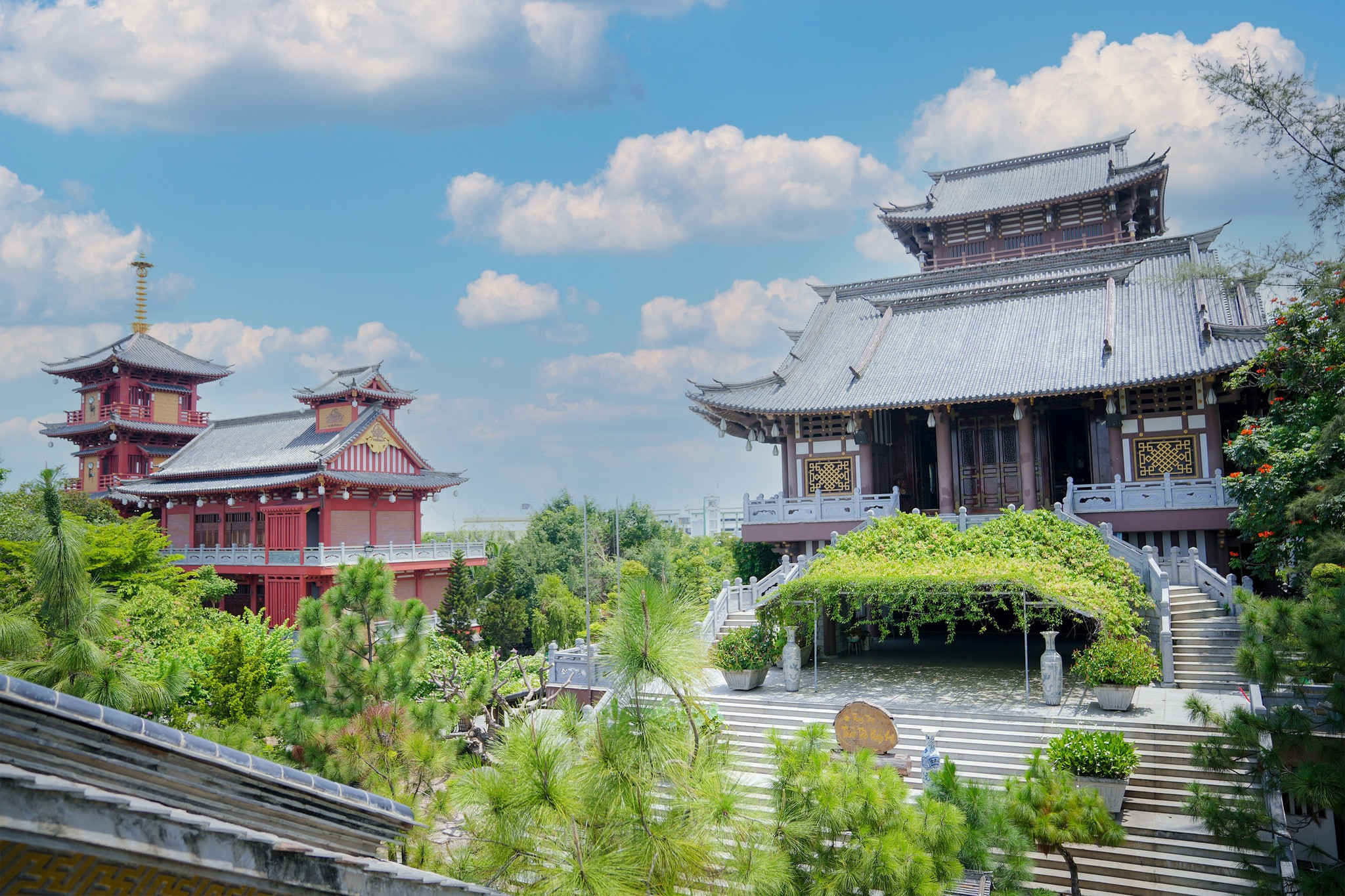
(Photo: Khanh An Monastery)
According to Venerable Thich Tri Chon, abbot of Khanh An monastery: Initially, this was a small hermitage built by Patriarch Tri Hien in 1905 for meditation, surrounded by fields, ponds, and fields. During the resistance war against the French, this was once a gathering place for many patriotic soldiers and was repeatedly burned by the French colonialists.
After the 2000s, the monastery was restored many times. On July 27, 2007, Khanh An Monastery was recognized by the People's Committee of Ho Chi Minh City as a historical-cultural relic, a city-level scenic spot. The monastery was completed as it is now in 2016. According to research, the monastery was built entirely in the style of ancient Vietnamese pagodas, with the style of Bac Tong Buddhism, bold Asian architecture.
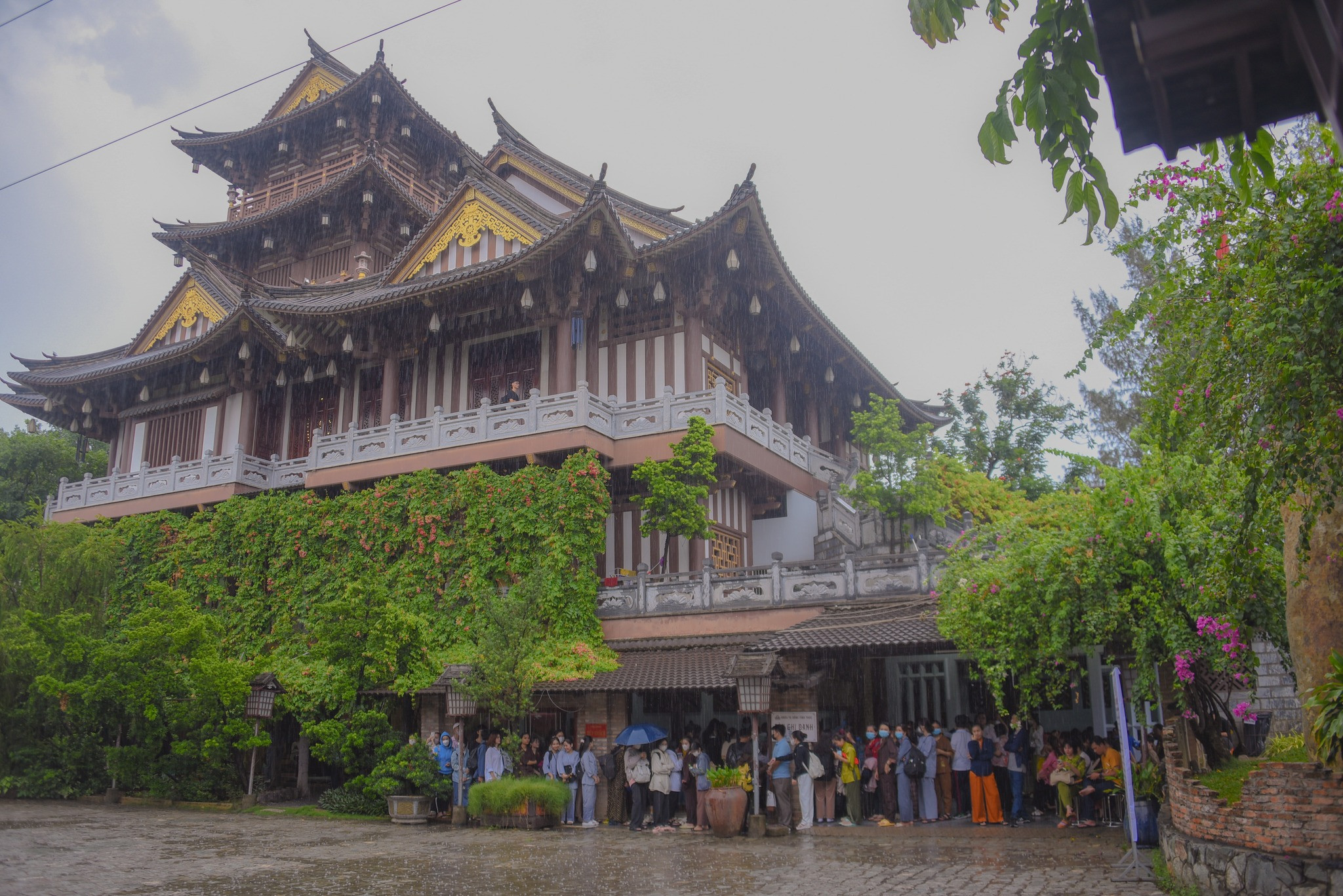
(Photo: Khanh An Monastery)
The Venerable Tri Chon explained that this place is called a monastery because it means to reduce the color of beliefs and religions. Meaning, this is a place of practice for everyone, from monastics, Buddhists or lay practitioners.
The monastery is made up of main colors such as: gray of tiles, reddish brown of bricks, white of lime, yellow - the color of patterns symbolizing copper material... Khanh An Monastery There are no images of dragons, phoenixes or colorful decorative motifs like many other temples in the South because this originally belongs to royal culture.
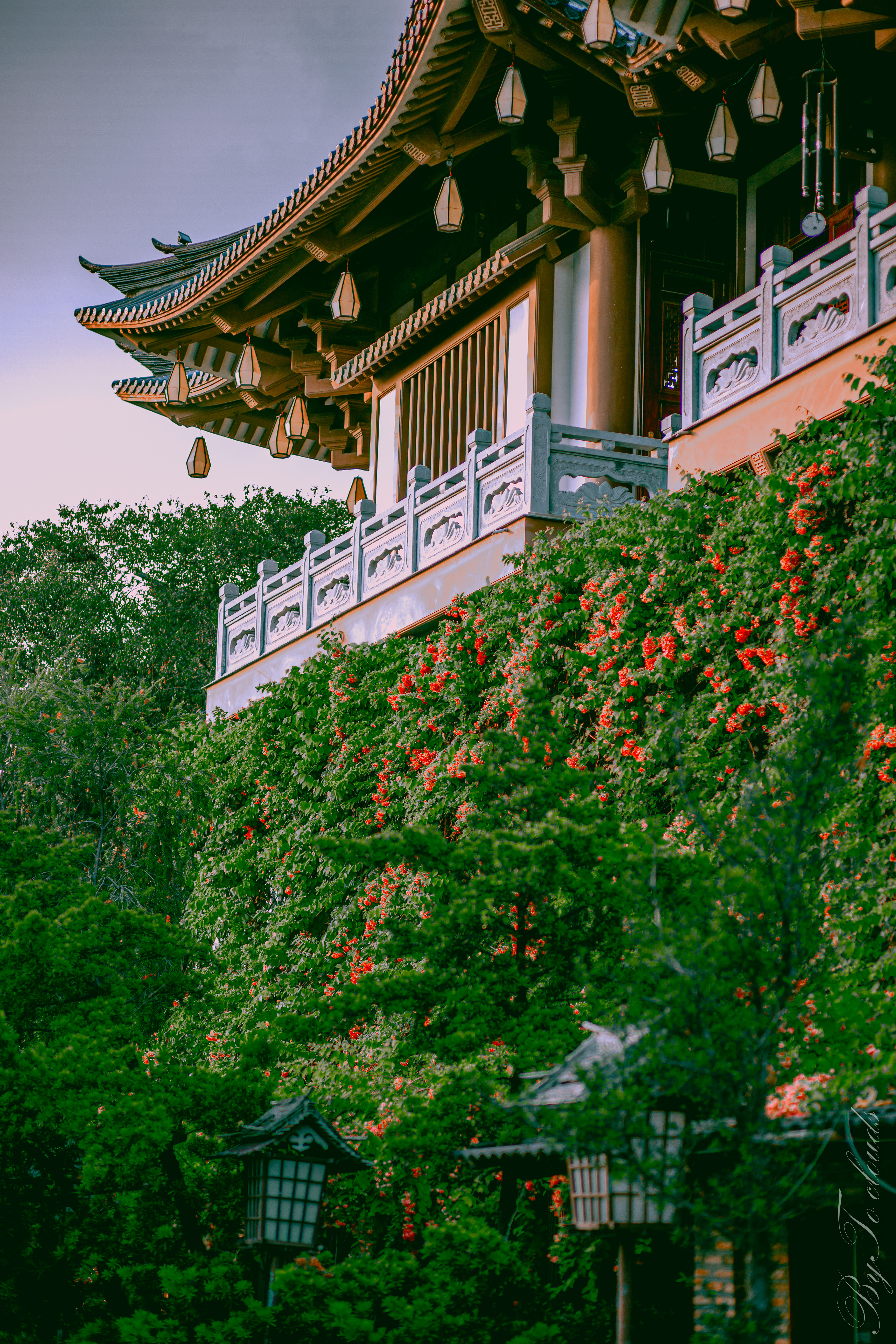

(Photo: Ta Nguyen Huu Toan)
Mr. Ta Nguyen Huu Toan (29 years old, HCMC) used to have a chance to visit Khanh An monastery. "Entering the monastery, all the hustle and bustle of the city gradually disappeared, replaced by peace and relaxation. In the middle of this "sleepless" city, it's hard to find a peaceful place. with such beautiful architecture," Toan shared.
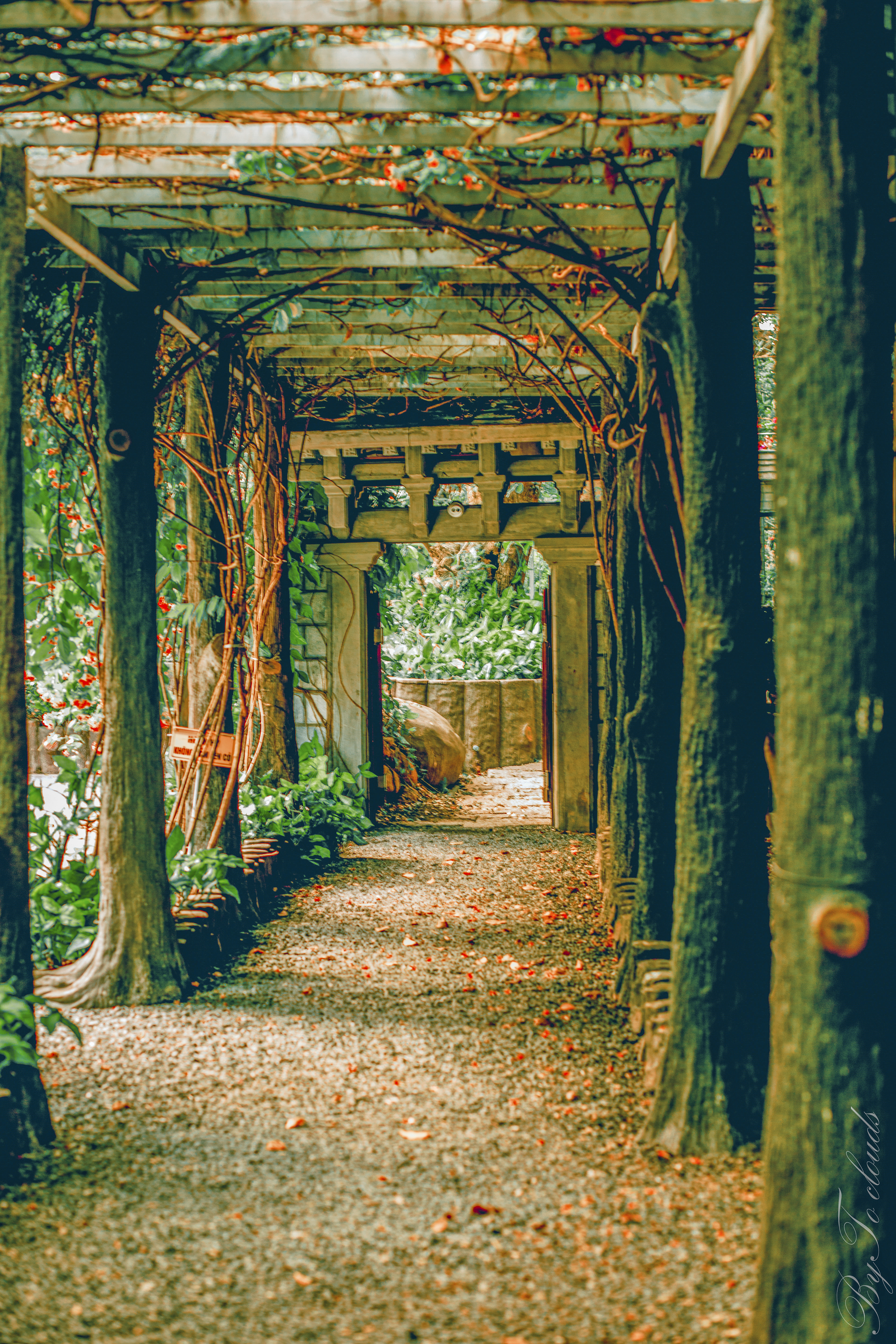
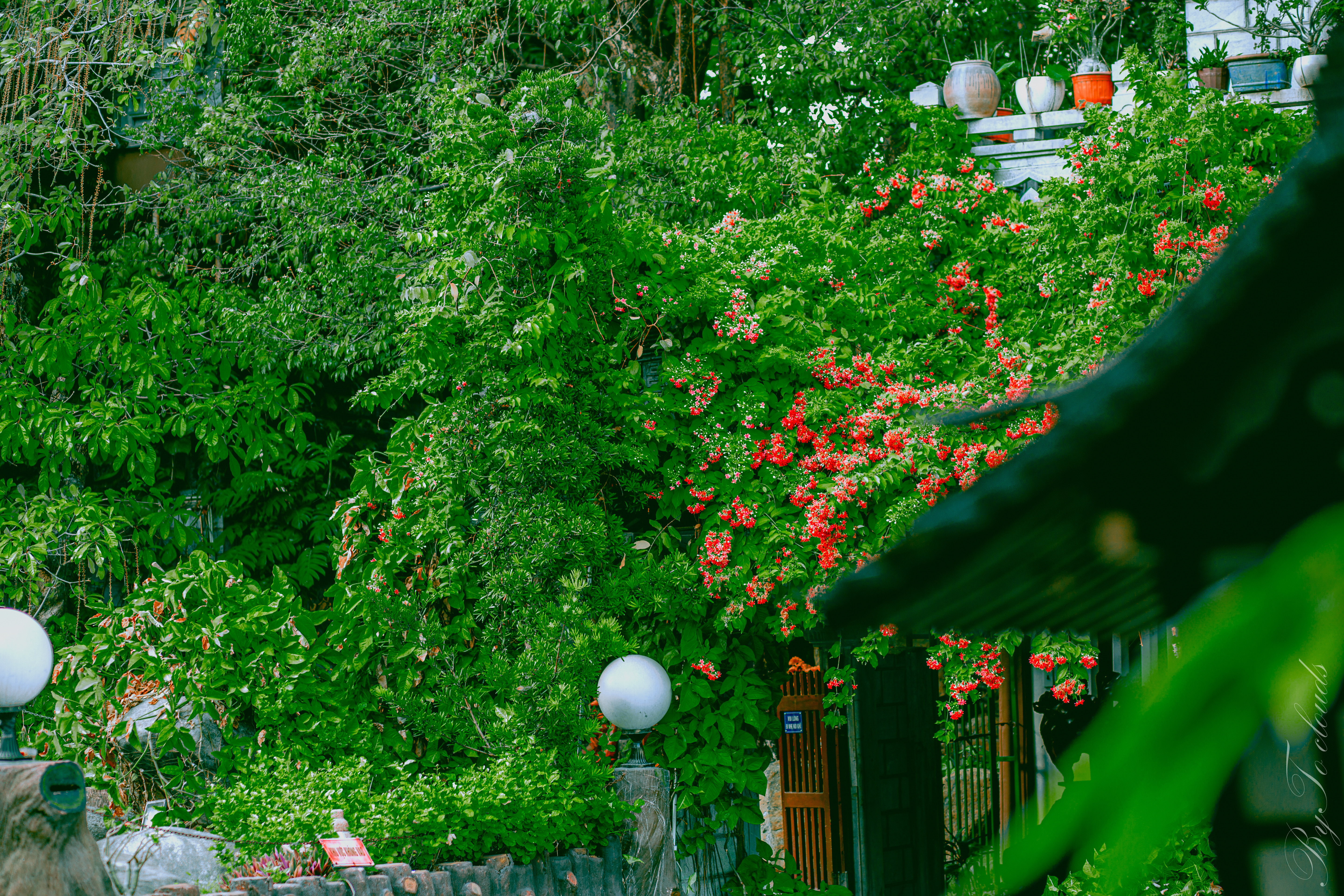
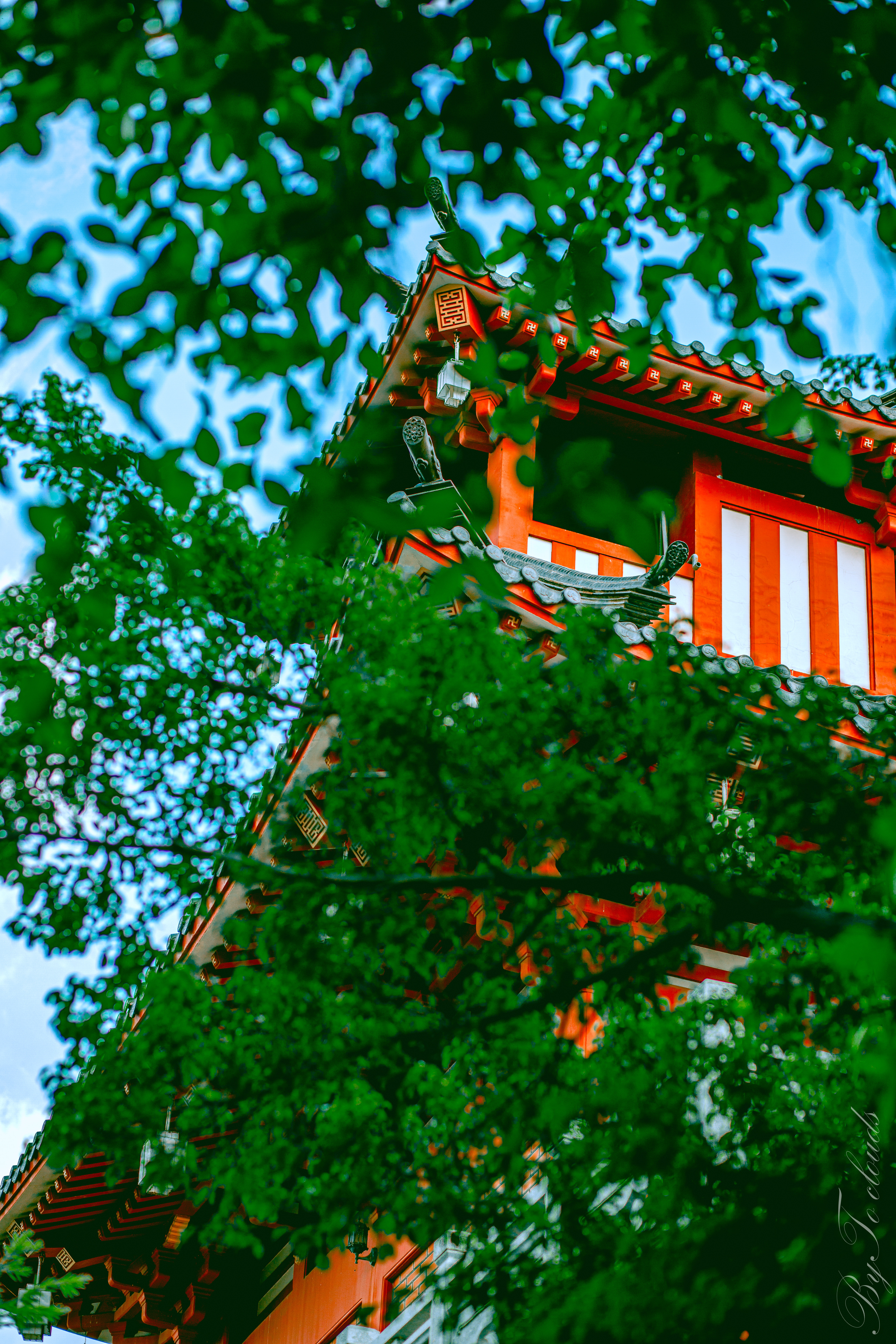
(Photo: Ta Nguyen Huu Toan)
This place attracts many tourists to visit, admire and take pictures. Khanh An Monastery is also famous for its regular mindfulness retreats, attracting from 500 to 1,000 attendees, and regular social welfare and volunteering activities to help disadvantaged people. towel.
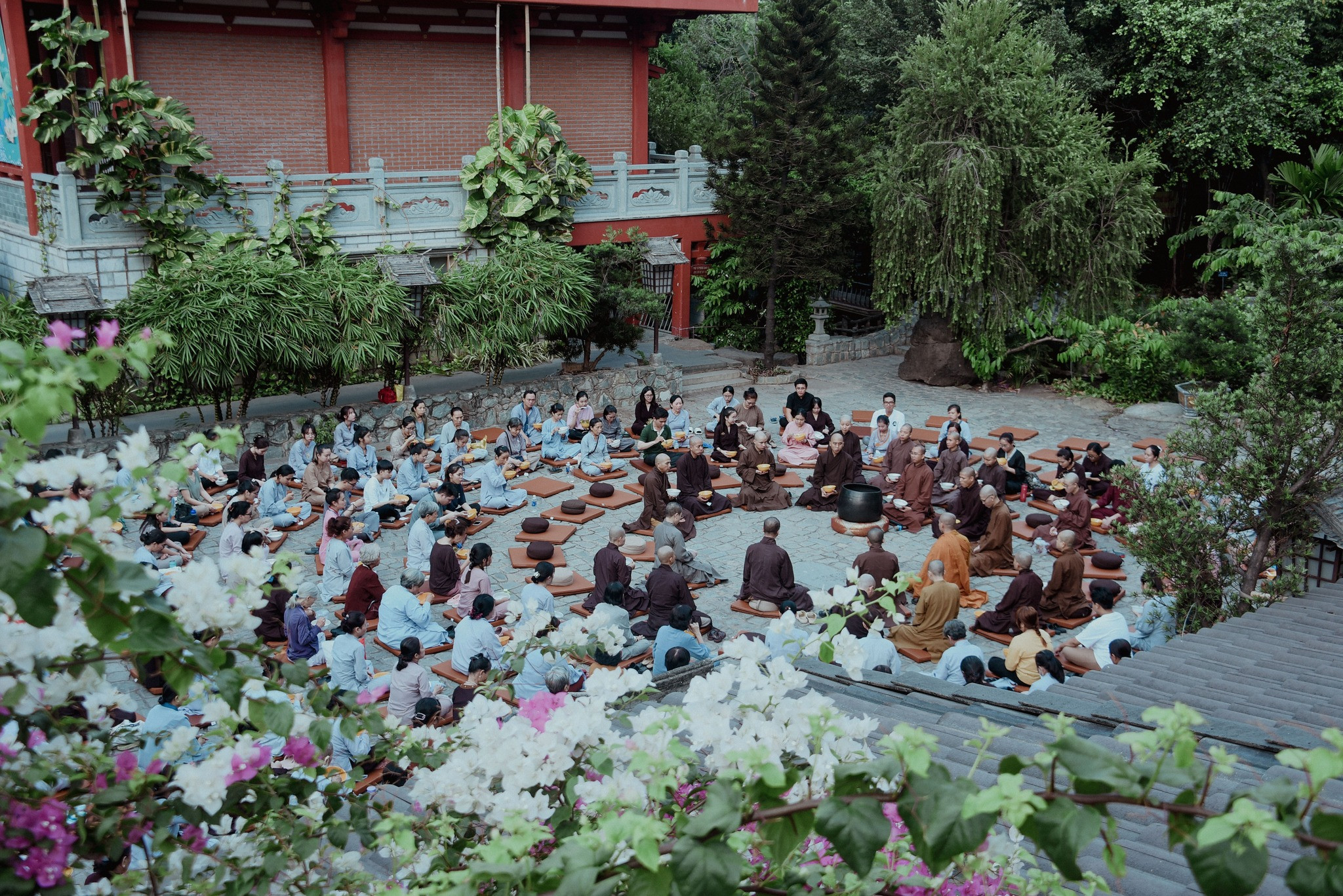
(Photo: Khanh An Monastery)
Ho Chi Minh City
1895 view
Update day
: 31/08/2023
Linh Trang


 vn
vn en
en ja
ja ko
ko zh
zh































































































